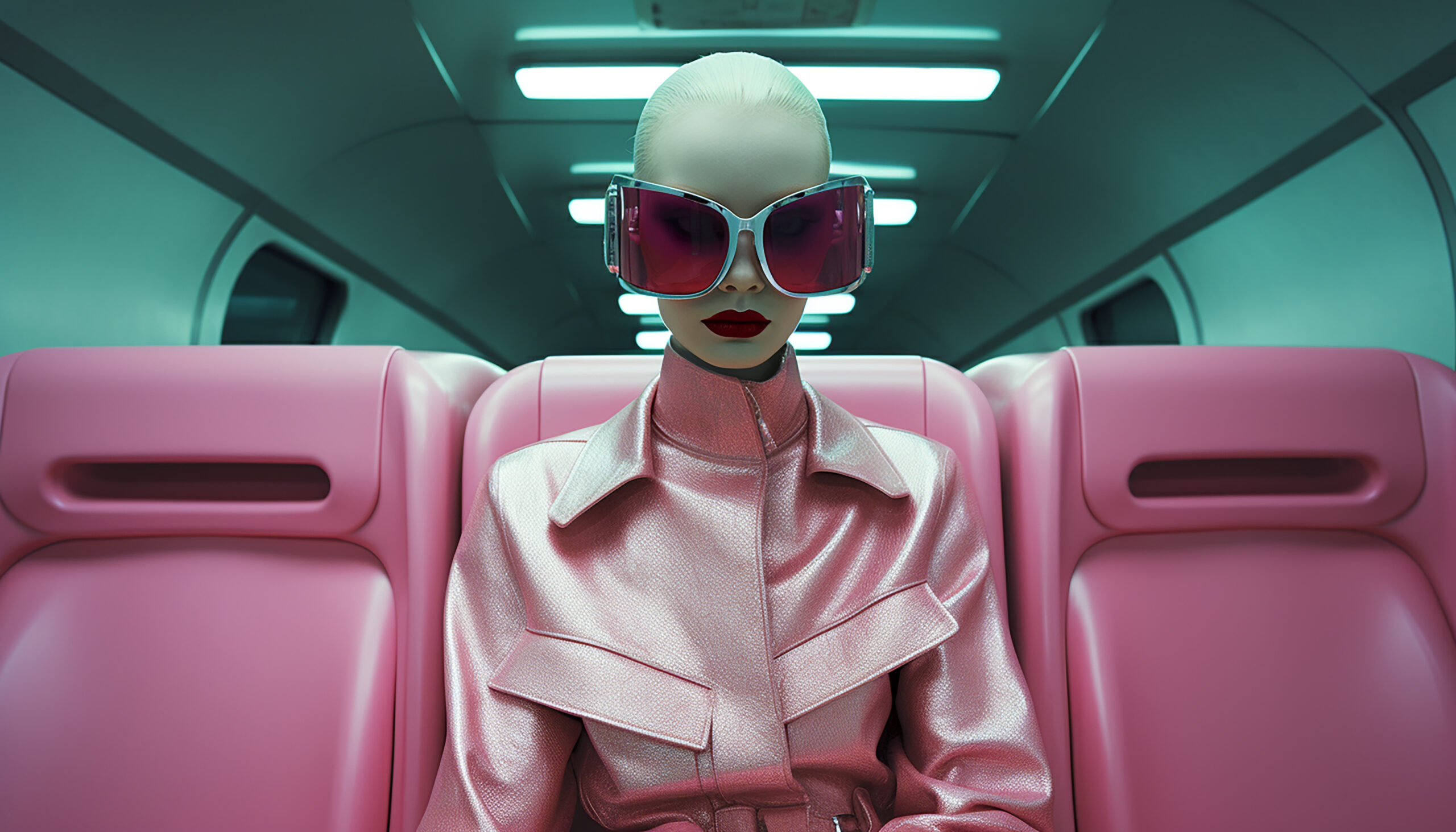Fashion has always been an industry that thrives on reinvention. From haute couture runways to fast-fashion storefronts, the constant cycle of trends is driven by creativity, culture, and commerce. Today, however, another powerful force is reshaping fashion at its core: Artificial Intelligence (AI).
What was once a futuristic concept—machines that could design clothes, predict trends, and personalize shopping—is now a reality transforming the way designers, retailers, and consumers interact with fashion.
In this blog, we’ll explore how AI is revolutionizing the fashion industry, where it’s headed, and why businesses that embrace this evolution will stay ahead of the curve.
1. AI as the Designer’s New Partner
Traditionally, design has been a deeply human process—rooted in inspiration, sketches, and craftsmanship. But AI is now becoming an ideation partner for designers, helping them experiment with patterns, materials, and silhouettes at a speed and scale previously unimaginable.
- Generative AI tools can create hundreds of variations of a single design concept in seconds, offering fresh perspectives that human designers might not consider.
- Trend forecasting algorithms analyze social media, e-commerce data, and cultural shifts to suggest styles that will resonate with consumers next season.
- Sustainability-focused design models help brands test fabric usage, reduce waste, and create eco-friendly collections digitally before producing physical samples.
Instead of replacing creativity, AI is augmenting it—freeing designers from repetitive tasks so they can focus on storytelling and innovation.
2. Personalization at Scale
Today’s consumers want more than clothes; they want experiences tailored to their individual style, size, and values. AI makes this possible by enabling hyper-personalization:
- AI-powered recommendation engines (like those used by e-commerce giants) analyze browsing behavior, purchase history, and style preferences to curate collections for each customer.
- Virtual try-on technologies use AR and computer vision to let shoppers “try” outfits from home, increasing confidence and reducing returns.
- AI-driven size prediction minimizes sizing errors by recommending the perfect fit based on body scans or purchase history.
This personalization not only enhances customer satisfaction but also drives higher conversion rates and loyalty for brands.
3. Smarter Supply Chains & Sustainability
Behind the glamour of fashion lies a complex global supply chain—often criticized for inefficiency and environmental impact. Here, AI is making a significant difference:
- Demand forecasting models help retailers predict which items will sell, reducing overproduction and unsold inventory.
- Predictive analytics optimize raw material sourcing, manufacturing schedules, and shipping routes to cut costs and carbon footprints.
- Circular fashion initiatives use AI to identify resale opportunities and manage product lifecycles, keeping garments out of landfills.
The result? A more sustainable and ethical fashion ecosystem—something increasingly demanded by Gen Z and millennial consumers.
4. Retail Reinvented: From Storefronts to Smart Stores
The retail landscape is evolving rapidly, and AI is at the heart of this transformation:
- Smart stores use AI-powered cameras and sensors to track foot traffic, product engagement, and customer preferences in real time.
- Chatbots and AI stylists provide instant assistance online, offering style advice, product recommendations, and post-purchase support.
- Visual search tools let shoppers upload photos of outfits they love and instantly find similar items available for purchase.
Fashion retail is no longer just about selling clothes—it’s about creating an interactive, data-driven journey that keeps customers engaged from inspiration to purchase.
5. The Future of Fashion AI: Where We’re Headed
We’re only at the beginning of AI’s role in fashion. Looking ahead, we can expect:
- Digital fashion & virtual wardrobes where consumers buy clothes for their avatars in the metaverse.
- On-demand manufacturing powered by AI, where garments are produced only after a purchase is made—eliminating waste.
- AI-driven creativity platforms that allow consumers themselves to co-create designs with brands.
As fashion merges with technology, the industry will become more inclusive, sustainable, and consumer-centric.
Final Thoughts: Evolving with AI in Fashion
AI in fashion is not about replacing designers, tailors, or stylists—it’s about empowering them with smarter tools. For businesses, it’s about staying relevant in a rapidly changing market where consumer expectations are higher than ever.
Brands that embrace AI will be able to:
✅ Design faster and smarter
✅ Deliver personalized shopping at scale
✅ Build sustainable, future-ready supply chains
✅ Create richer customer experiences both online and offline
Fashion has always been about storytelling—and with AI, the story is evolving into one of innovation, inclusivity, and intelligence.
